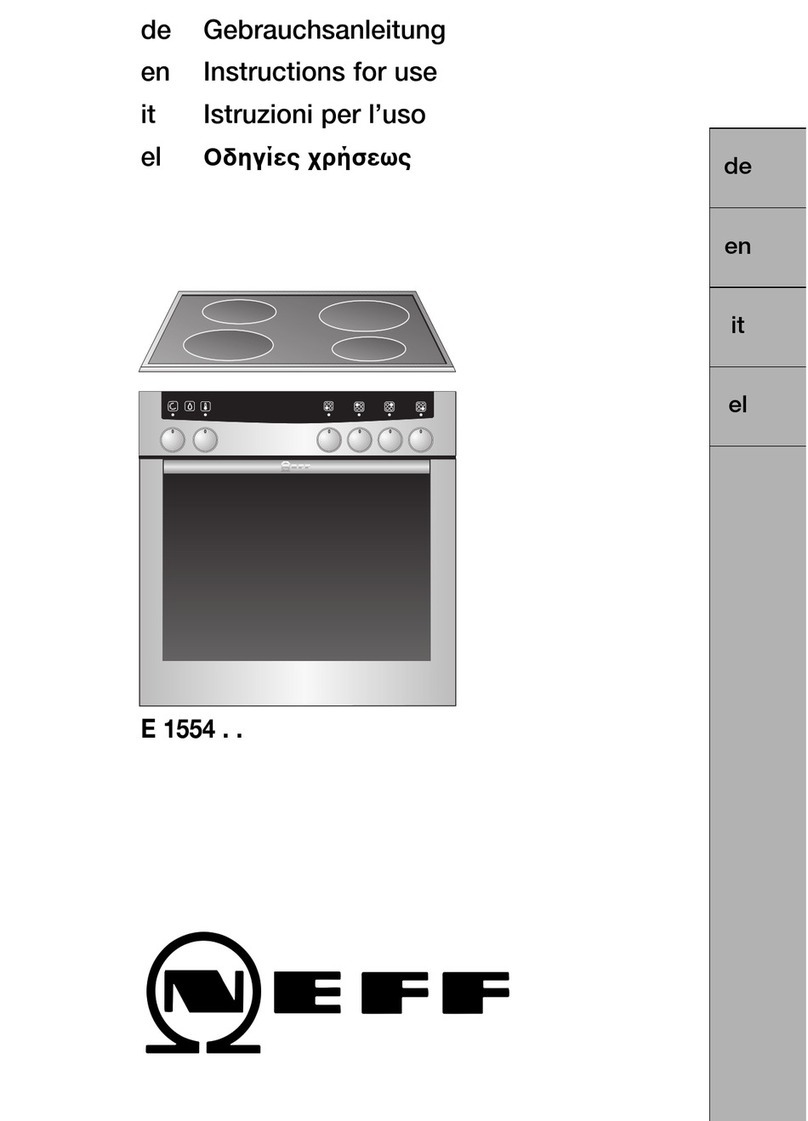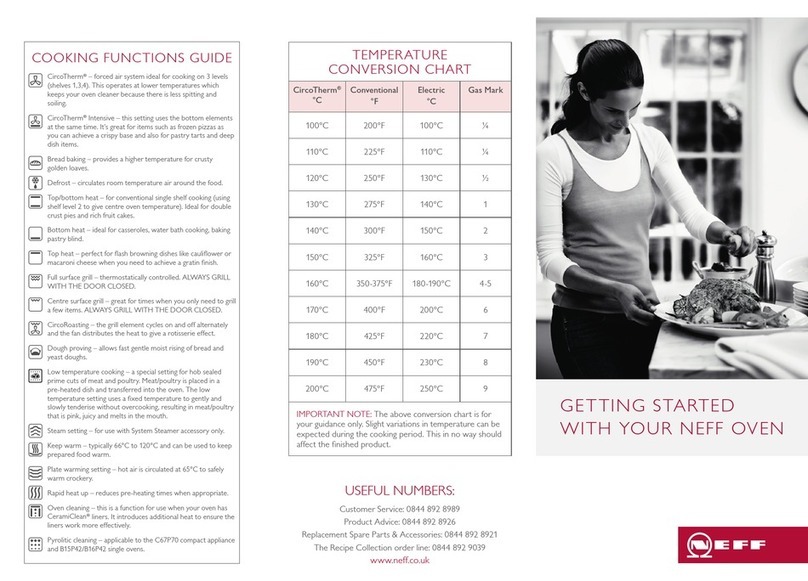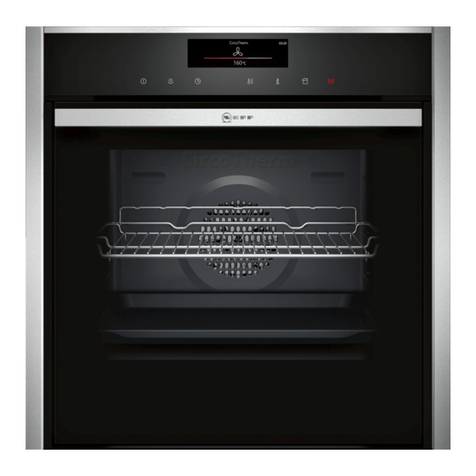NEFF U1661A2GB Safety guide
Other NEFF Oven manuals

NEFF
NEFF C17MS32H0B User manual
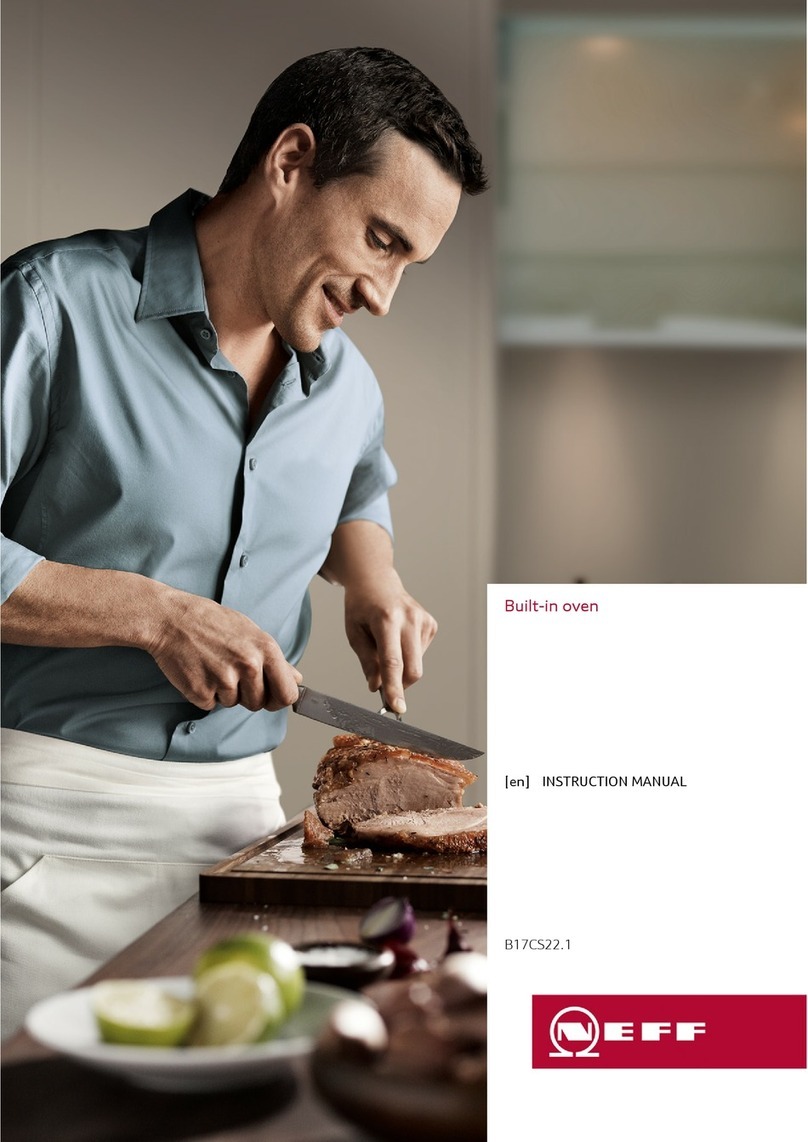
NEFF
NEFF B17CS22 1 Series User manual
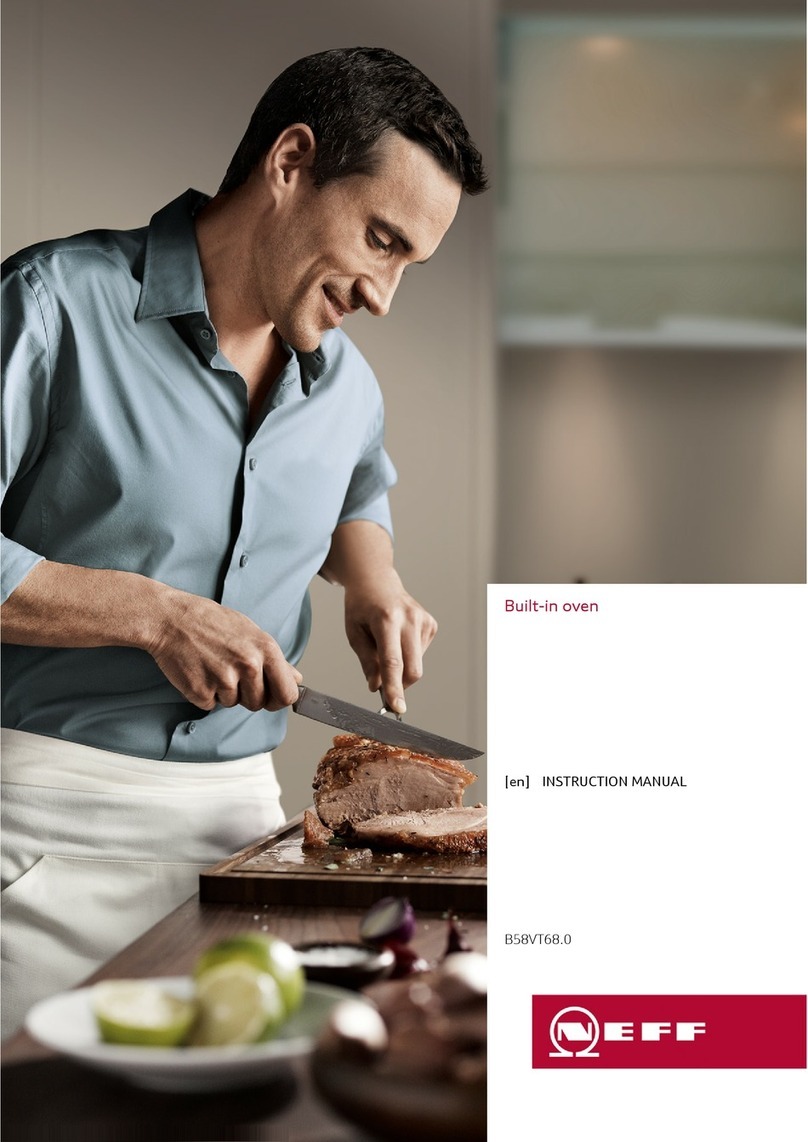
NEFF
NEFF B58VT68.0 User manual
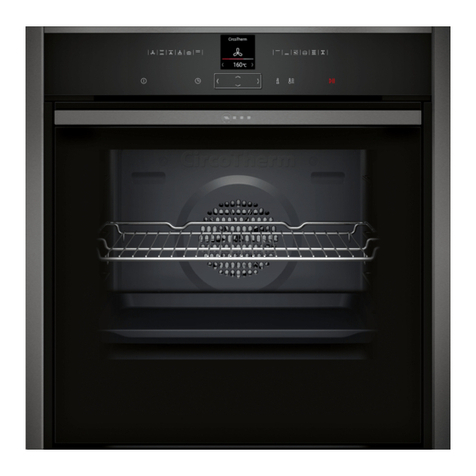
NEFF
NEFF B57CR22G0B User manual
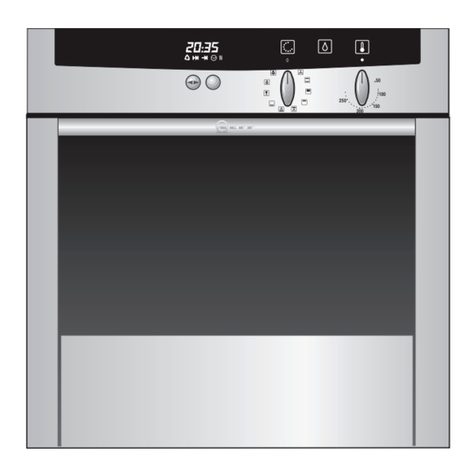
NEFF
NEFF B 15H4 User manual
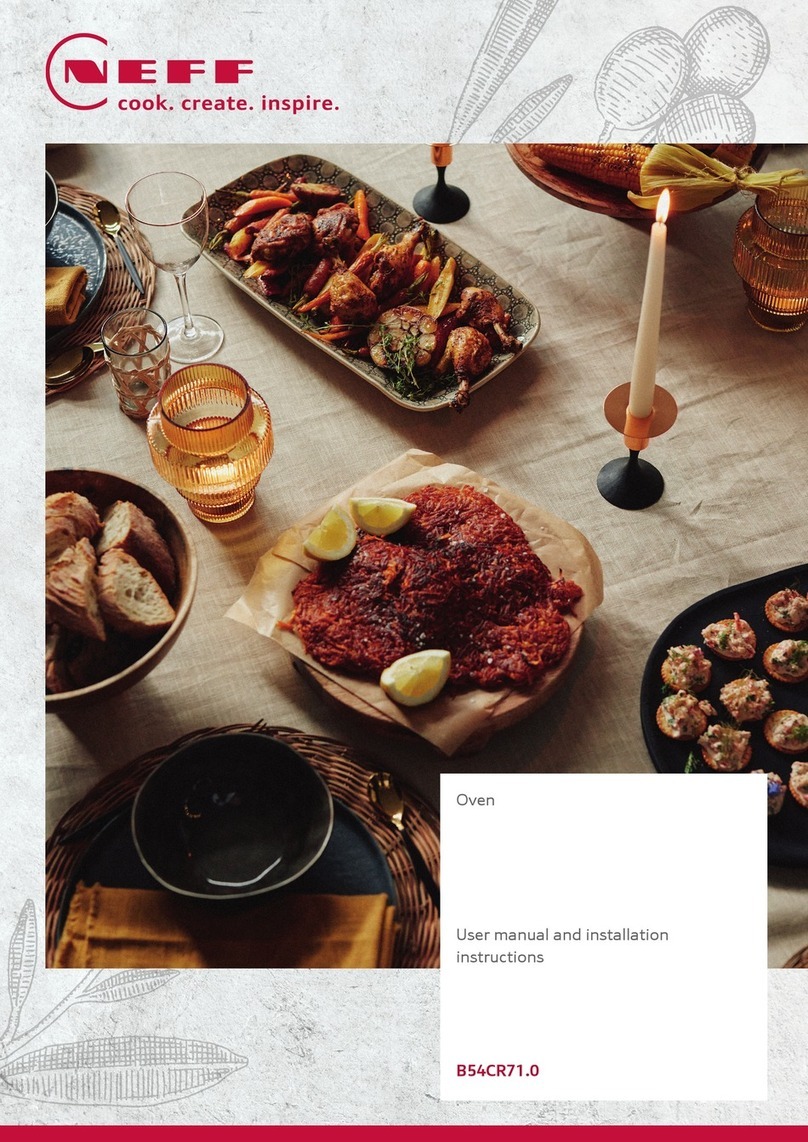
NEFF
NEFF B54CR71 0 Series User manual
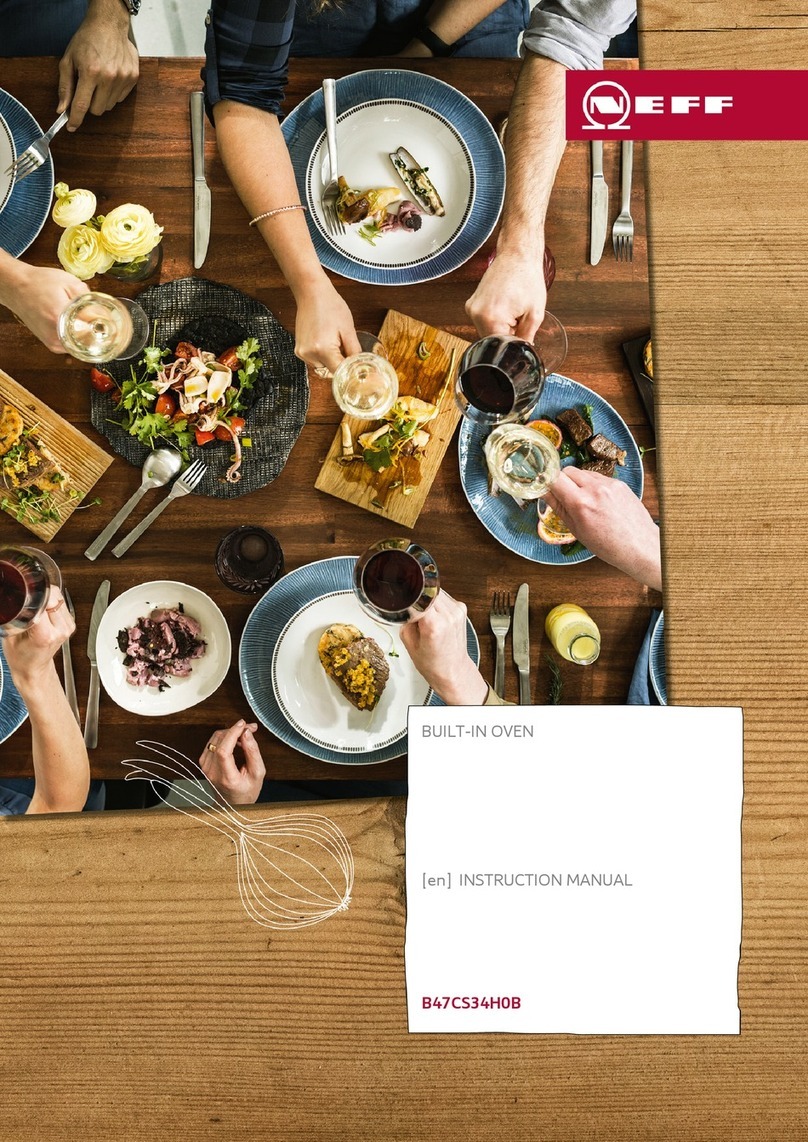
NEFF
NEFF B47CS34H0B User manual
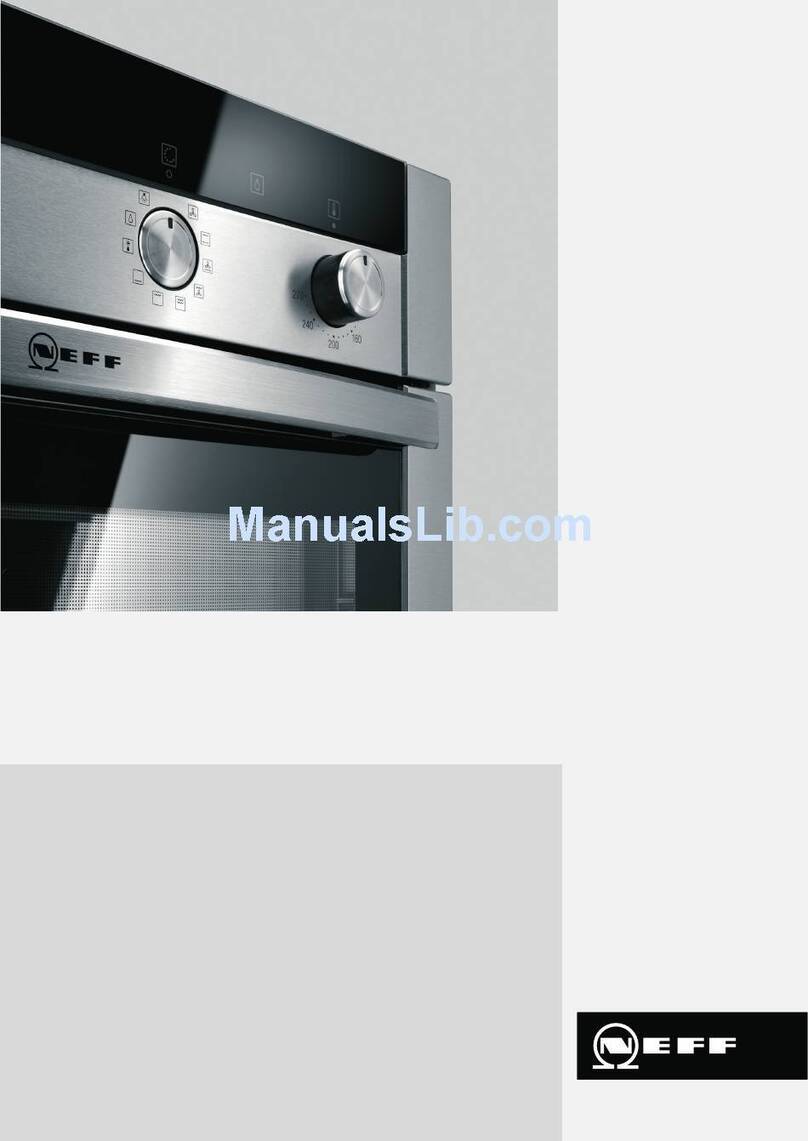
NEFF
NEFF U17S32.3GB User manual
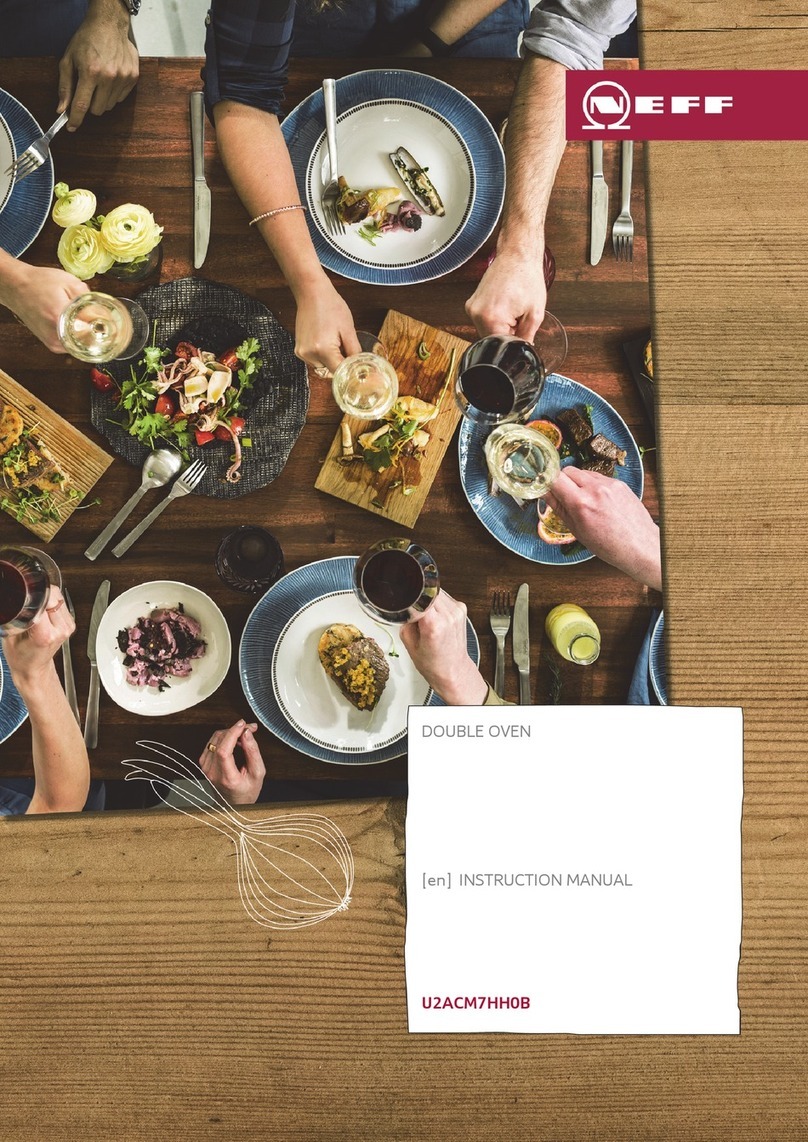
NEFF
NEFF U2ACM7HH0B User manual
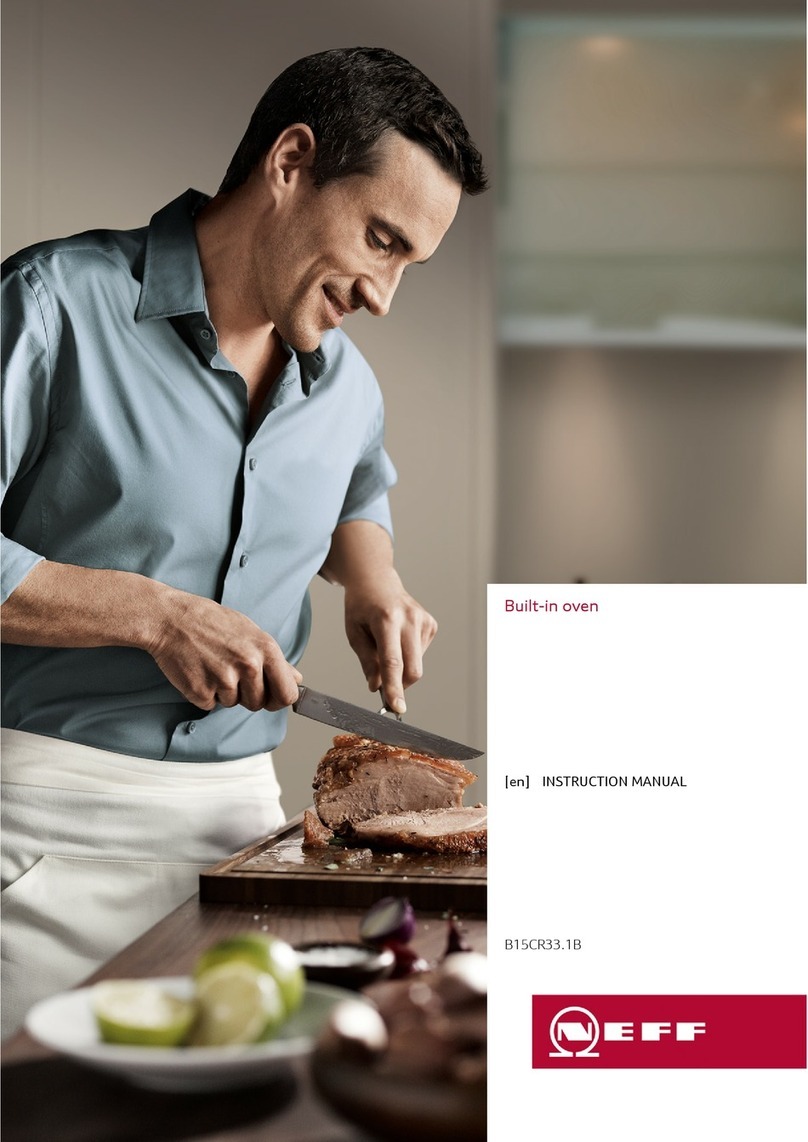
NEFF
NEFF B15CR33 1B Series User manual

NEFF
NEFF B46C74.0GB User manual
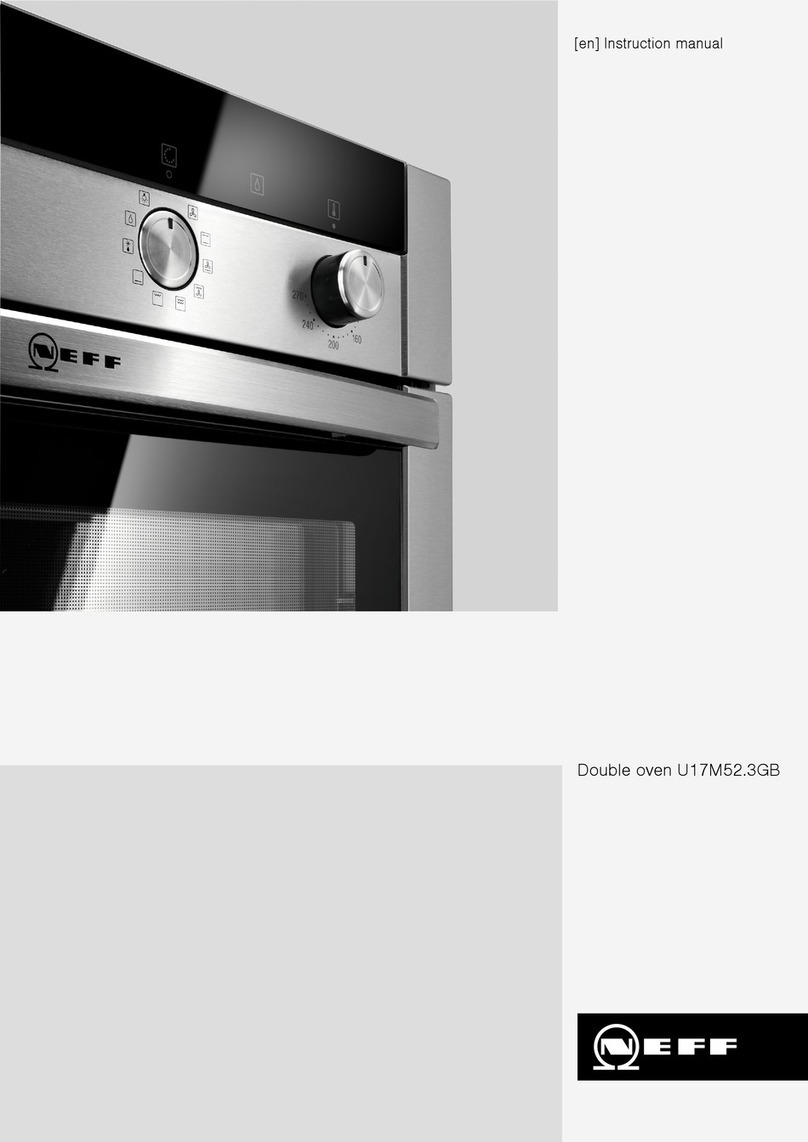
NEFF
NEFF U17M52 3GB Series User manual

NEFF
NEFF E14M42B0 User manual
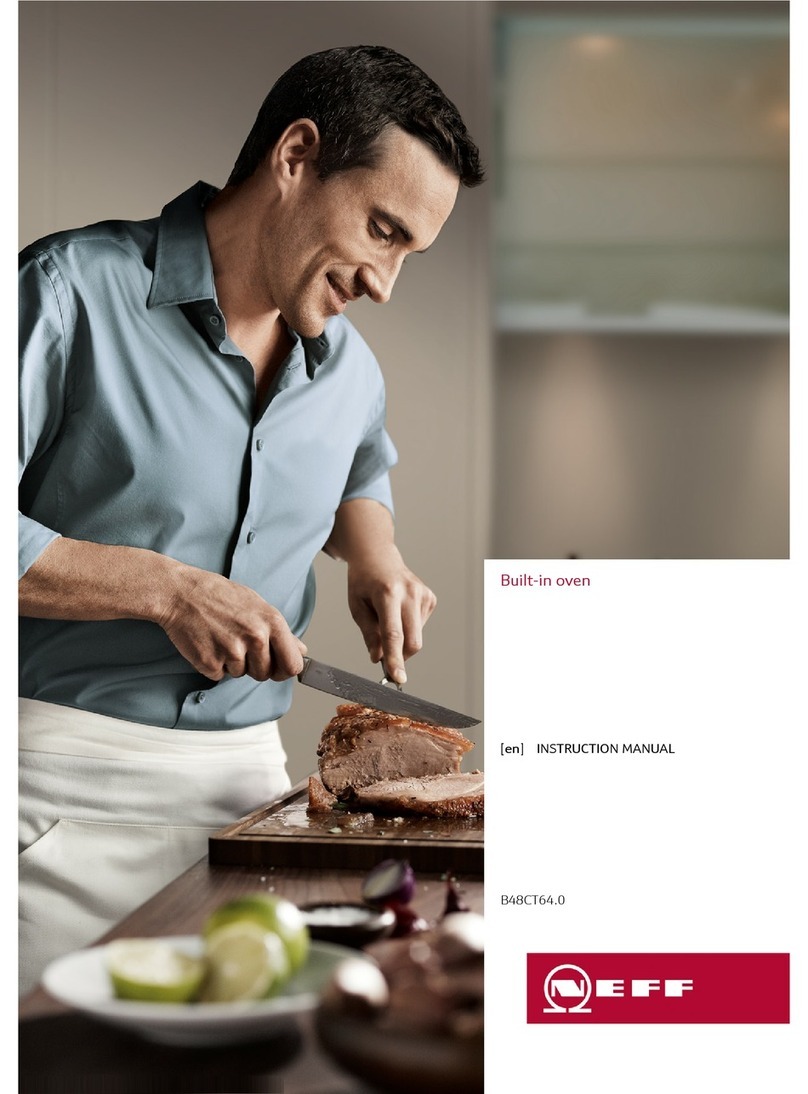
NEFF
NEFF B48CT64N0 User manual
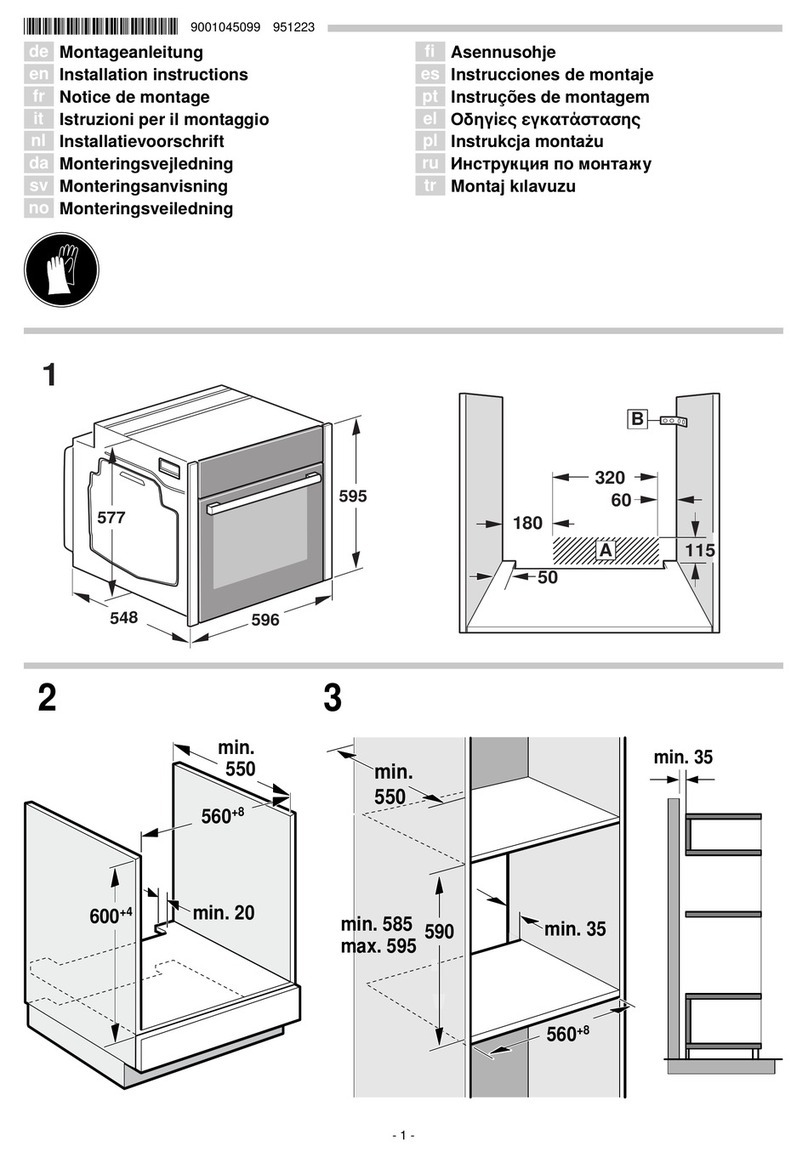
NEFF
NEFF B27CR22N1B User manual
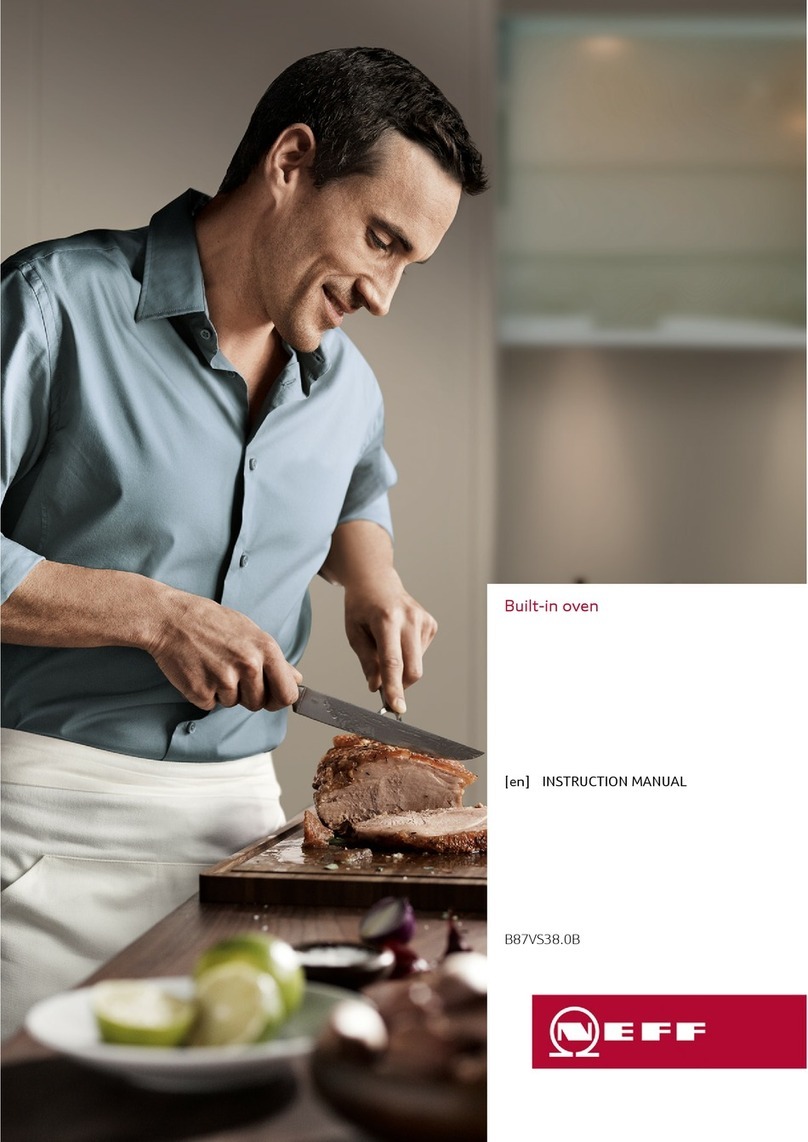
NEFF
NEFF B87VS38 0B Series User manual
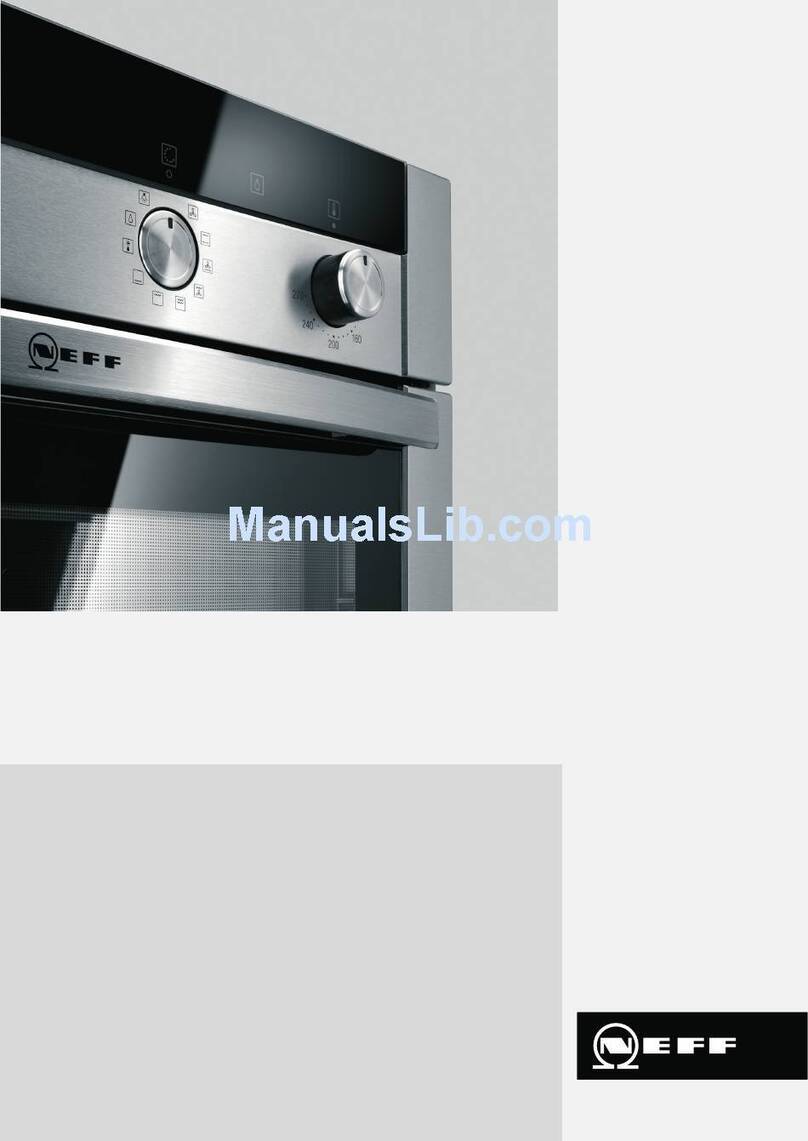
NEFF
NEFF U16E74.3GB User manual

NEFF
NEFF U1421B2GB Safety guide
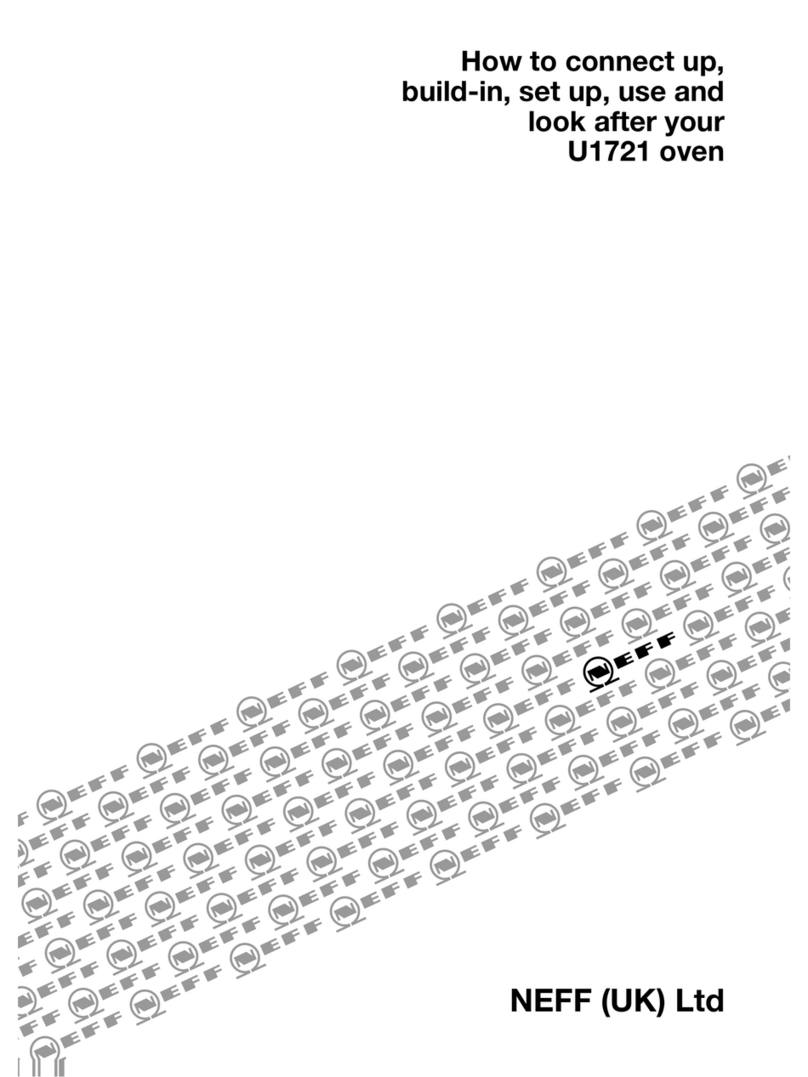
NEFF
NEFF U1721N2GB - annexe 1 User manual
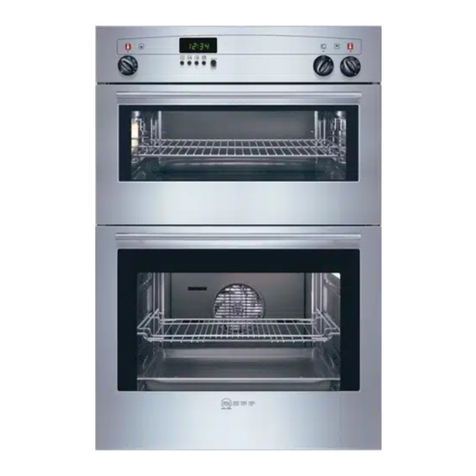
NEFF
NEFF U1320B2GB Safety guide
Popular Oven manuals by other brands

Brandt
Brandt FC 222 user manual

aumate
aumate TOA20M04N-1E instruction manual

Maytag
Maytag CWE4100AC - 24" Single Electric Wall Oven Dimension Guide

Kernau
Kernau KBO 1076 S PT B instruction manual

Bosch
Bosch HB 37 N Series User manual and installation instructions

Electrolux
Electrolux EOD5420AA user manual
